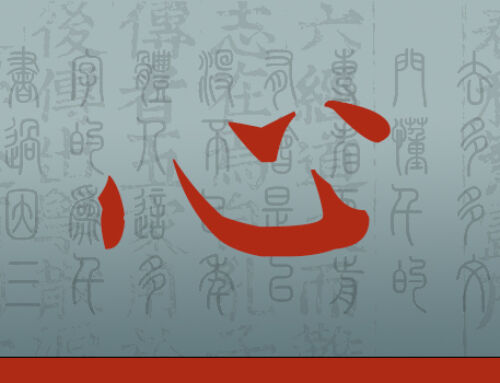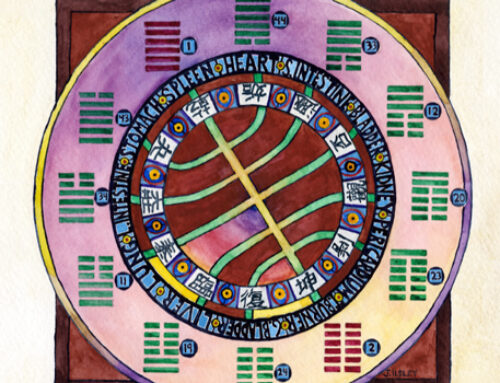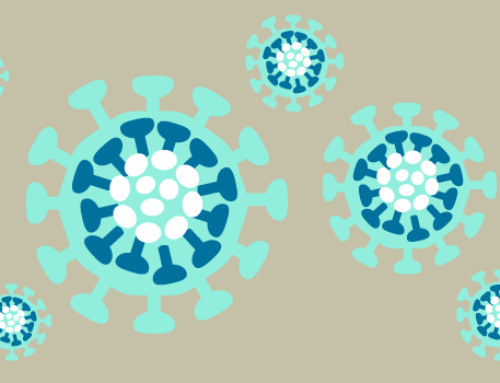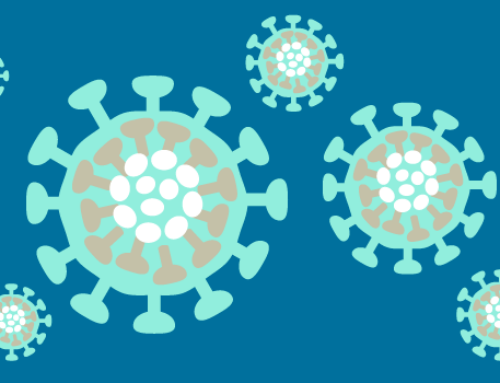By Heiner Fruehauf
National University of Natural Medicine, College of Classical Chinese Medicine
Just like other traditional cultures, the Chinese have always attached a great deal of importance to the occurrence as well as the contents of dreams. In general, ancient Taoist thinkers believed that the healthy and balanced person should sleep undisturbed and not have any dreams at all, since they are always an indication of intemperate meandering by the ethereal soul (hun).
The Inner Canon (Neijing) had outlined that the body’s qi primarily circulates on the body surface during the day, then circulates within the body’s interior during the night. If this normal rhythm is disturbed, sleep disorders such as insomnia, narcolepsy, or nightmares may occur.
Causes for the smooth functioning of this rhythm are complex. Conditions classified as insomnia and/or vivid dreaming span the full spectrum of the eight parameters and can potentially implicate every one of the five organ networks. For example, there may be an external excess such as a common cold, holding the primary energies of the body’s defense mechanism on the surface, causing the qi to remain “outside” and thus keeping the person awake. Or there may be an internal excess, such as phlegm or stagnating blood, which occupies the internal “house” of the spirit and keeps the qi from returning inside. Or, as in the most common scenario, the blood and the internal organs are in a deficient state; the body’s material “house” thus fails to provide a proper home for its immaterial counterpart, qi, which for yet another reason has to remain outside.
Later commentators have elaborated on this basic definition. Zhang Jingyue, the Ming dynasty scholar and master physician, summarized two major causes for insomnia and vivid dreaming, namely excess (cold, phlegm, fire, food, anger) and deficiency (caused by excessive thinking, worrying, fright, and general exhaustion).
Li Zhongxing’s insomnia classification differentiates between a) qi deficiency b) yin-blood deficiency c) phlegm d) water stagnation e) disharmony in the stomach.
Tang Rongchuan, the Qing dynasty pioneer of blood diseases, further elaborated that the hun soul resides in the eyes during the day, and returns to the liver as soon as we close our eyes. If the qi, for reasons outlined above, remains afloat on the exterior, the eyes cannot be shut comfortably and insomnia or vivid dreaming result.
Chinese physicians further tried to differentiate between several organ systems involved. Most commonly, the condition has been linked to various excess or deficiency situations involving the heart (or the heart and the spleen, or the heart and the kidney) and the liver. The clinical theoretician Chen Shiduo, an influential Qing dynasty medical pioneer, asserted that all types of insomnia involve the heart in one way or another. The heart, he argued, is the seat of spirit (shen); and since human shen has to be nourished by blood, the organs manufacturing blood (spleen) and those storing and transporting blood (liver), as well as the heart’s moistening anti-pode (kidney) should also be taken into consideration.
In other words, insomnia and vivid dreaming can be caused by many different factors. Although there are “herbal sleeping pills” (containing Shouwu stem, Zizyphus, Albizzia, etc.) with a pronounced sedating effect on anyone, in long term treatment aimed at the restoration of the patient’s constitutional imbalances, traditional differentiation is absolutely mandatory. In the course of Chinese medical history, a number of standard treatment methods have evolved to address the following conditions which can all cause insomnia and/or vivid dreaming:
| TYPE | PRIMARY SYMPTOMS | SECONDARY SYMPTOMS | TREATMENT METHOD | MAIN FORMULA |
|---|---|---|---|---|
| Imbalance of stomach qi | Stuffy chest, burping, insomnia and/or dreaming related to discomfort in stomach/ abdominal region |
Distention in abdomen, sluggish release of stool, greasy tongue coat, slippery pulse | Harmonize the stomach, rebuild the spleen | Banxia shumi tang |
| Deficiency of heart and spleen | Vivid dreaming, wakes up easily, palpitations, forgetfullness, listless spirits, poor appetite | pale face, weakness in extremities, pale tongue, fine pulse | Tonify heart and spleen, calm the spirit by nourishing the heart | Ginseng and Longan Combina-tion (Guipi tang) |
| Heat phlegm | Stuffy chest, restlessness, burping | Heavy head, dizzyness, yellow tongue coat, slippery and rapid pulse | Clear heat and dissolve phlegm, calm the spirit by harmonizing the center | Wendan tang, Huanglian wendan tang, Shiwei wendan tang |
| Liver blood deficiency accompanied by heat | Irritability, palpitations, dizzyness | Night sweats, dry throat, dry and red tongue, thin and rapid pulse | Nourish the heart and calm the spirit, clear heat | Suanzaoren tang |
| Yin deficiency of heart and kidneys | Irritability, palpitations with anxiety, inability to concentrate, forgetfulness, burned out student syndrome |
Nocturnal emissions, dry stools, red tongue, thin and rapid pulse, mouth ulcers, night sweats | Nourish yin and blood, tonfify the heart, calm the spirit | Tianwang buxin dan |
| Blood stasis | Chest pain, irritabili-ty, extreme mood swings, signs of blood stasis | Piercing headache, thirst, low grade fever or sudden heat sensations in evening, choppy pulse | Invigorate blood, spread liver qi, unblock channels | Xuefu zhuyu tang |
Apart from devising a broad spectrum of treatment methods, ancient Chinese medical texts are filled with references to the diagnostic meaning of dreams. Particularly the Lingshu section of the Inner Canon (Neijing), the (Zhongzang jing), and a number of later elaborations have taken up the task of providing a rough outline for the medical interpretation of dreams. If combining these historical tidbits in a single chart, the result would look somewhat like this:
| TYPE | DEFICIENCY | EXCESS | EXTERNAL PERNICIOUS INFLUENCE |
|---|---|---|---|
| Yin | crossing water accompanied by panic | ||
| Yang | fire | ||
| Yin and Yang | killing | ||
| Top | flying, climbing, floating (usually accompanied by tinnitis, headache, vertigo, etc.) | ||
| Bottom | sinking, falling (usually accompanied by diarrhea, hemorrhoids, prolapse of anus, etc.) | ||
| Lung | flying, strange metal objects, white, sad | soldiers, fighting, panic | (flying, strange metal objects) |
| Heart | fire, sun, lightening; startles up, nightmares | laughing; fire catastrophy | fire and smoke everywhere (on surrounding hills) |
| Spleen | not enough food | singing; heaviness of body | swamps and marshes, hut in storm where rain and wind leak through |
| Liver | forest, trees | lying under tree unable to move; anger | (forest, trees) |
| Kidney drowning lumbar joints disconnected ; submerged in water accompanied by panic |
drowning | lumbar joints disconnected; submerged in water accompanied by panic | (submerged in water) |
| Bladder | aimless drifting | ||
| Stomach | food | ||
| Large Intestine | fields | ||
| Small Intestine | concentration of people | ||
| Gall Bladder | boasting | ||
| Genitals | sex | ||
| Neck | beheading | ||
| Legs | walking without advancing; living in a cave in the forest |
Apparent inconsistencies seem to be mostly caused by later interpretors who regrouped original Inner Canon findings. For instance, the last category “external pernicious influences” was added and many of the dreams originally classified as indicating “deficiency” were grouped here–as if to say that the dreams in question do not really indicate deficiency per se, but the presence of an external pathogen which was able to enter because the particular organ was deficient.
In general, Chinese dream analysis is worth paying some attention to. It shows us that there is a way of interpreting dreams beyond Freud’s highly individualized system of dream analysis, and which even adds another nuance to C.G. Jung’s theory of the archetypical dream unconscious that is common to all of us. Also, it seems to have some practical merit to it, since it is still utilized in modern day clinical practice.









Leave A Comment
You must be logged in to post a comment.